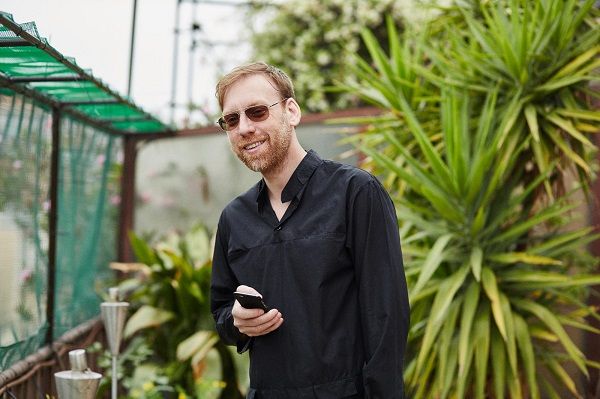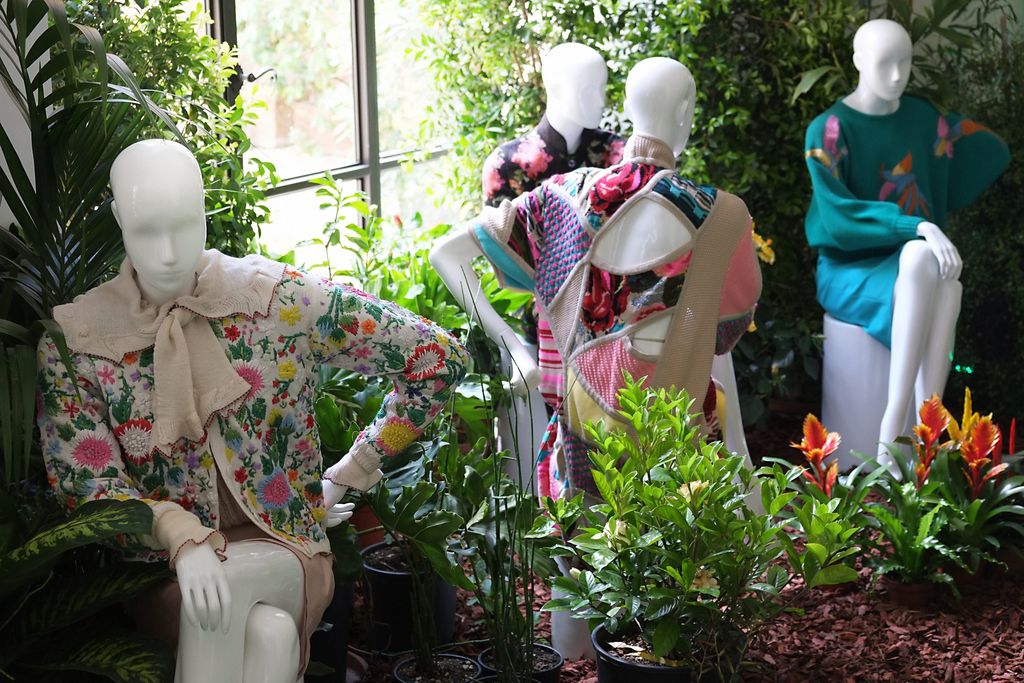
Holder of multiple Master’s degrees in art and communication, very well-known fashion journalist in Italy (he collaborates with several magazines, among others Vogue Italia), and founder of the magazine ‘Man in Town’, Federico Poletti is also artistic director, exhibition curator and communications manager for the White Milan fashion fair. A keen observer of a sector in total turmoil, he tells us about an industry searching for new codes, and about Belgian design.
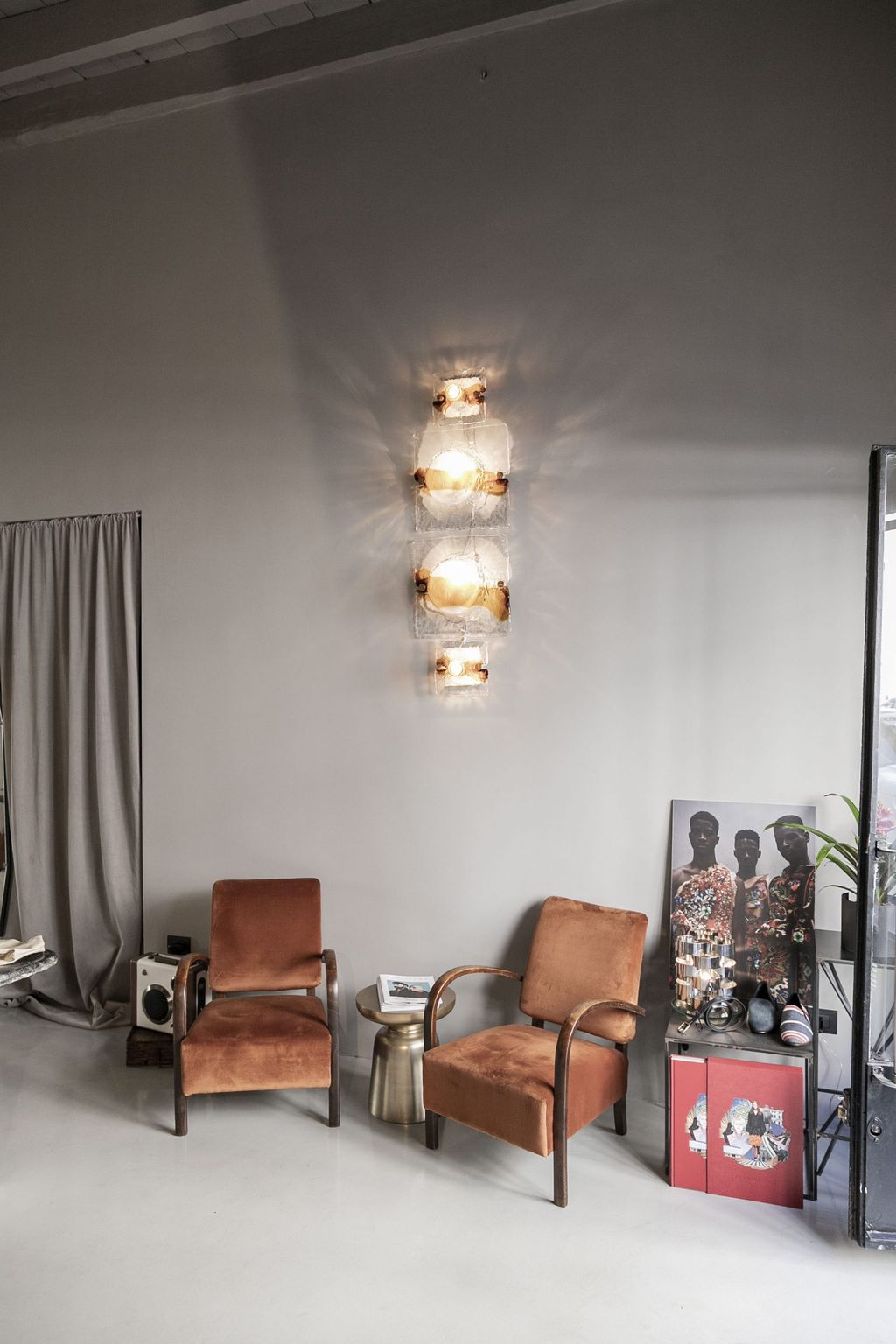
They say that fashion is reinventing itself. Do you believe that the sector is ready to change all of its established codes?
These past months, the fashion sector has indeed experienced some big changes. Amid an identity crisis, brands are looking for new ways to reconnect with buyers and consumers. The heart of the problem is the devilish pace which has overtaken the sector. Over the last decades, various players have begun to design more and more quickly, to meet the demands of distributors. At the same time, they have moved away from what the consumer really needs. And especially from the expectations of Millennials, a generation that has clearly rejected fast fashion. In terms of pure creativity, these frenzied rhythms have also done considerable damage to designers.
Has the Covid-19 crisis been an activator of change? We talk a lot about sustainability, but can we really take the pious poses of brands seriously?
In the light of what I have just mentioned, I believe that the crisis has forced the sector to put itself on pause and to re-envision its future. It is true that, for many brands, promises of sustainability are mostly green washing. I am thinking in particular of all the so-called sustainable capsule collections that are flooding the market right now. Many promises will not be kept. And when all is said and done, very few labels can boast of a truly sustainable approach. I nevertheless think that, in a sector increasingly crowded with brands, but also with producers, this focus is beneficial. The pandemic we have experienced has only heightened this awareness. Interestingly, a growing number of brands are now taking the green shift more seriously. Even though, speaking practically, considering how difficult it is for a label to be completely sustainable, the market remains limited.

At a time when people are speaking more clearly about the loss of momentum of fairs and shows, even the best-known, what is your opinion? And what about the runway shows?
The sector is in total turmoil, and it is obvious that trade shows and fairs should have been questioning themselves. We have been attending fairs, runway shows and presentations for 20 years. But these models were never questioned. In my opinion, the system, even before the crisis, lacked new and concrete solutions. And the future of these fairs is difficult to predict. I think that these events will be less focused on buyers. Fairs like Pitti in Florence or White Milan no longer need 30,000 visitors to be credible. I see them more as networking spaces. The role of fairs is to provide innovative solutions. They must allow brands to communicate effectively by mixing physical and digital tools, but also create interesting connections. It is important to remember that the labels present at these fairs are not well known to the public. It is therefore essential that trade fairs aim for quality, rather than quantity, both in terms of exhibitors and visitors. That’s where the real challenge lies.
What do you think about Belgian design and this new generation of designers who are taking over from the Antwerp Six?
I think that this new generation, whether it is from Antwerp, Brussels or Belgium in general, has managed to maintain the level of excellence that marked the previous one. If we take the example of Brussels, the academy has given birth to many talents: designers, but also photographers and artistic directors. I think this unique approach, both intellectual and narratively rich, is still very visible among the young designers. The new generation has been able to build itself around a strong and united community. And even if they have different approaches, I would say that the young Belgian talents cultivate an unconventional and discreet way of looking at design in general – and this is their strength.
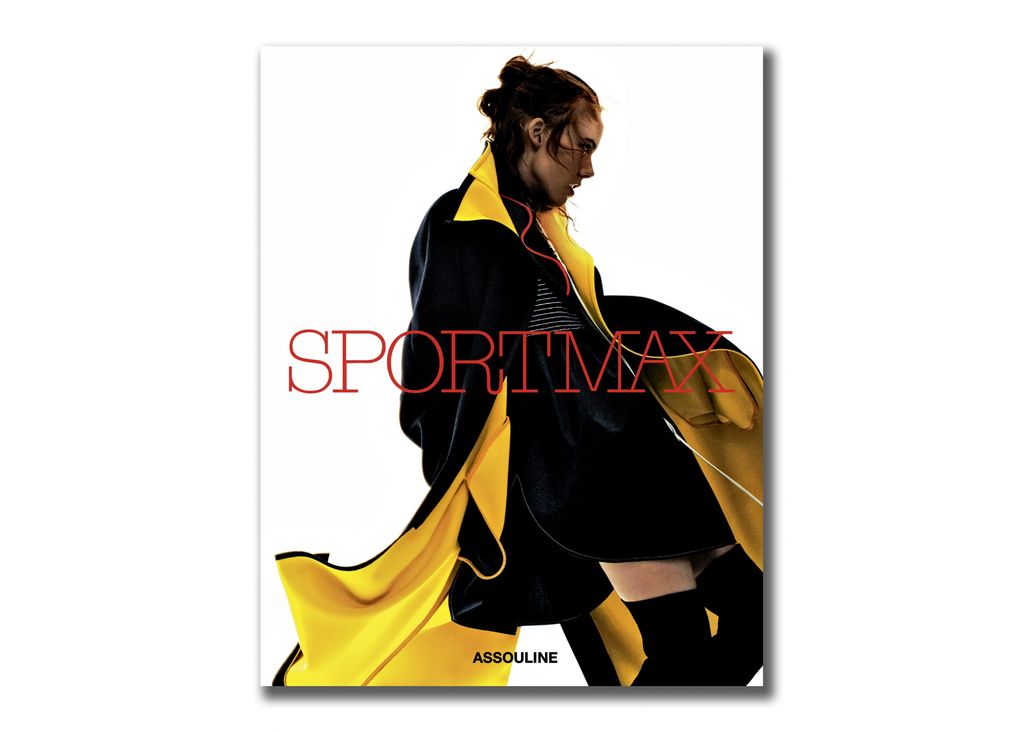
In 2020, keeping in mind the upheaval we spoke about, is it still useful/realistic to launch a new fashion brand?
Few of the many designers coming out of the schools and academies in recent years, are capable of developing their business. To be successful, you need more than talent: you need intelligence and a highly developed entrepreneurial spirit. The other option is to be totally unconventional and endowed with a creative madness that differentiates you. In 2020, being ‘in between’ no longer works. However, we often forget that alongside the profession of designer, there are other channels of expression, whether in fashion itself or in production. It is true that the fashion industry will always need new voices. But for a brand to be legitimate, the designers who are launching it must have a real message to convey.
The ‘traditional’ magazines are also looking for new reference points. By staying compartmentalised in old models, will they speed their own downfall?
In recent months, I think a lot of magazines have made real breakthroughs by focusing on digital. During the pandemic, online publications have obviously seen unprecedented audience peaks, but what has struck me the most in recent years has been the new face of fashion journalism. The boom in social networks, but also the arrival of new talents, has totally changed the situation. We have to get out of this idea of a battle between journalists and influencers. The current method of communicating requires the presence of different stakeholders on the fashion scene. The only danger with digital is the difficulty readers have in discerning truth from falsehood in everything written on the web. The quality of the news – what I call ‘good’ journalism – therefore remains a priority. Print magazines, if they want to stay the course, need to offer their readers new, unconventional and exclusive content.
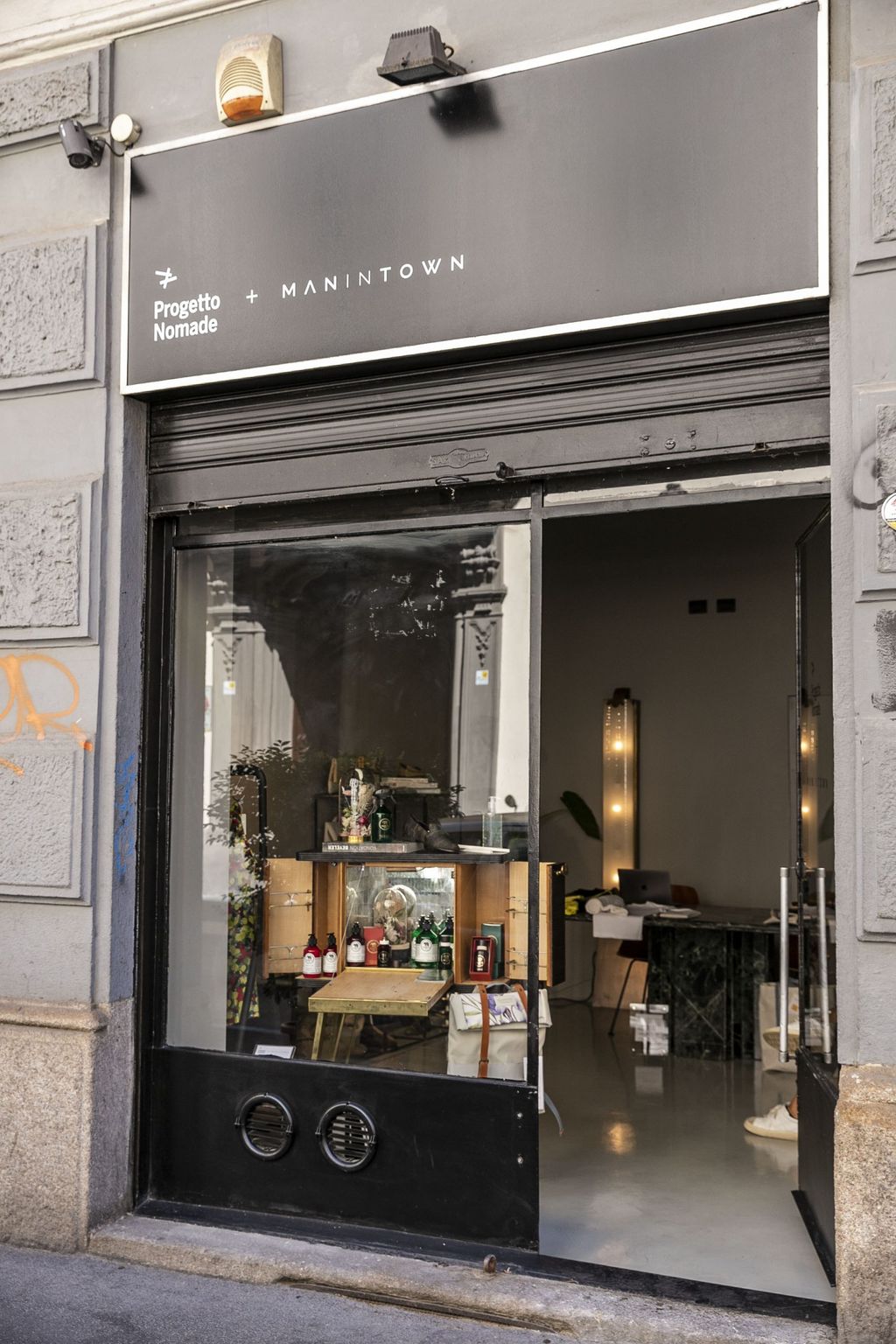
How did your previous journalistic experience influence your magazine ‘Man in Town’, which was launched 5 years ago? In other words, did you create it according to new quality criteria?
On the one hand, I wanted to offer a magazine dedicated to men, an under-exploited genre, particularly in Italy. On the other hand, I wanted to reach a wider audience through a digital approach. Although our approach wasn’t fundamentally innovative, the way we envisioned it was. Within our lifestyle niche, we bet on collaborations with very different personalities: journalists, artists, influencers, actors, etc. This editorial approach has enabled us to offer brands a different ‘storytelling’, one that is off the beaten path. Later, we put out a paper version: two editions per year with the idea, of offering our readers exclusive content. Either through exceptional photographs or by focusing the issue on a strong theme. While men’s fashion is our ‘core business’, expressing a social message from time to time is also important to us. Just as the magazine ‘Monocle’ did, we created much more than a publication. ‘Man in Town’ is a brand in its own right. Recently, I also opened a physical gallery in the centre of Milan, a showcase for our work researching niche labels, avant-garde designers and exceptional craftspeople.
